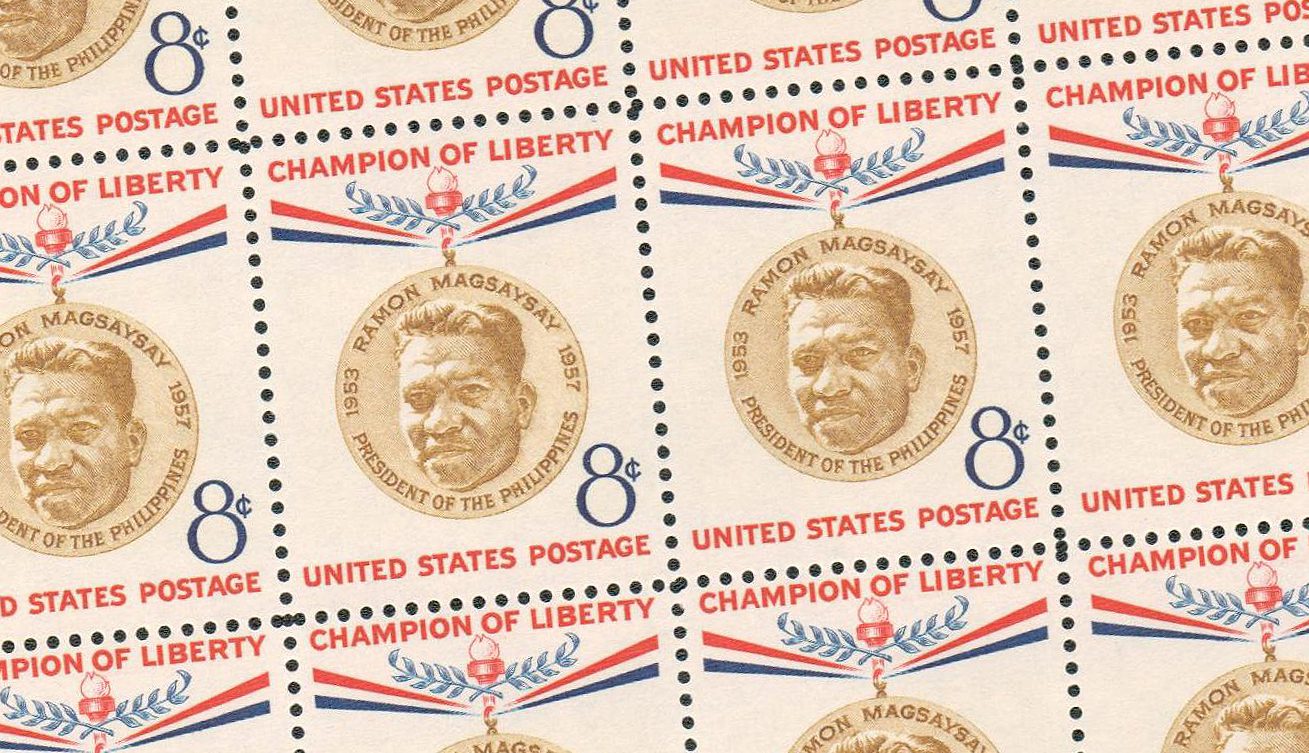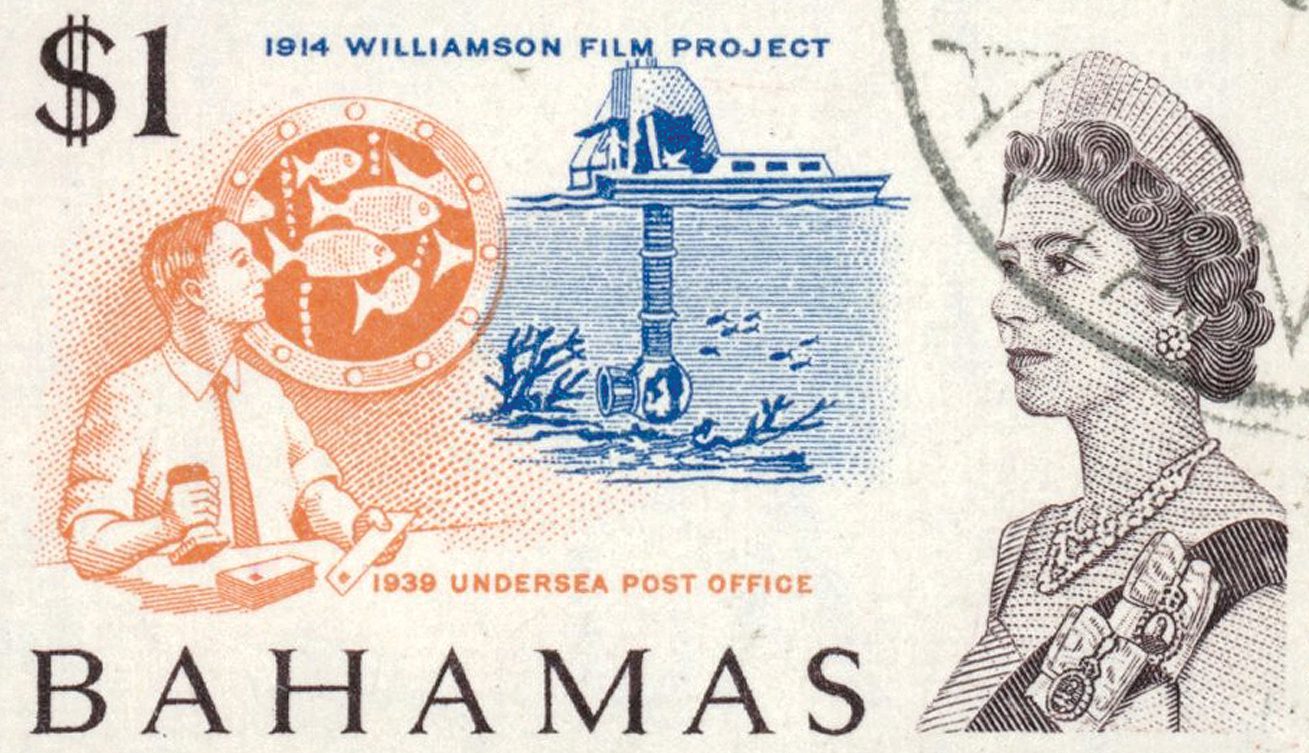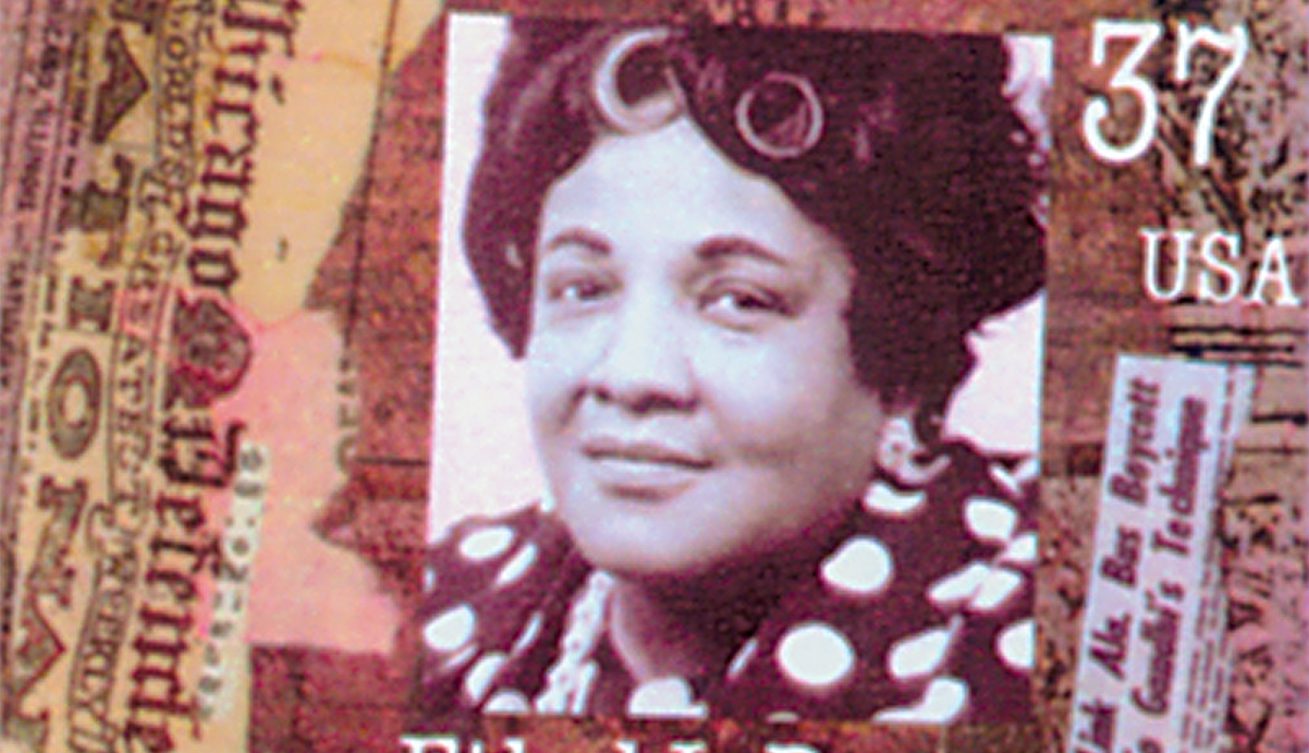Victory Over Japan Day
On September 2, 1945, Japan formally surrendered to the Allies aboard the USS Missouri. This is celebrated as VJ in the US. Many other countries celebrate VJ Day on August 15, when Japan announced its surrender.
Happy Holidays! Enjoy a FREE 2026 Stamp Calendar With Purchases of $100 or More. While Supplies Last

On September 2, 1945, Japan formally surrendered to the Allies aboard the USS Missouri. This is celebrated as VJ in the US. Many other countries celebrate VJ Day on August 15, when Japan announced its surrender.

Ramon del Fierro Magsaysay Sr. was born on August 31, 1907, in Iba, Zambales, Philippine Islands. The Philippines’ seventh president, his administration was known for being free of corruption. He was later called the Champion of the Masses and the Defender of Democracy.

On August 23, 1784, an American merchant ship unfurled the Stars and Stripes for the first time in China. The Chinese dubbed it the “Flower Flag,” and its passengers, “flower flag countrymen,” a name that endures today.

On August 16, 1939, the world’s first undersea post office opened in the Bahamas. It was developed by an undersea photographer and garnered significant interest from around the world. Decades later, more underwater post offices and post boxes were established in other countries, many of which are still in operation today…

Ethel Lois Payne was born on August 14, 1911, in Chicago, Illinois. Known as the “First Lady of the Black Press,” he was the first black female war correspondent in Vietnam and the first black female commentator on a major radio and television network.

On August 8, 1908, the Wright Brothers conducted their first public flight at the Hunaudieres racecourse near Le Mans, France. The flight, and the others that followed, helped the brothers earn international recognition as the inventors of the airplane.

On August 7, 1942, Allied troops landed on Guadalcanal, Tulagi, and Florida in the southern Solomon Islands. The Guadalcanal Campaign, also known as Operation Watchtower, was the Allies’ first major offensive against the Japanese Empire.

On August 6, 1991, Tim Berners-Lee published the first-ever website, heralding the start of the world wide web. The web has grown to over 1.8 billion websites today, and continues to grow every day.

On July 29, 1948, London opened the Games of the XIV Olympiad. They were the first summer games held since Berlin in 1936, having been delayed due to World War II.